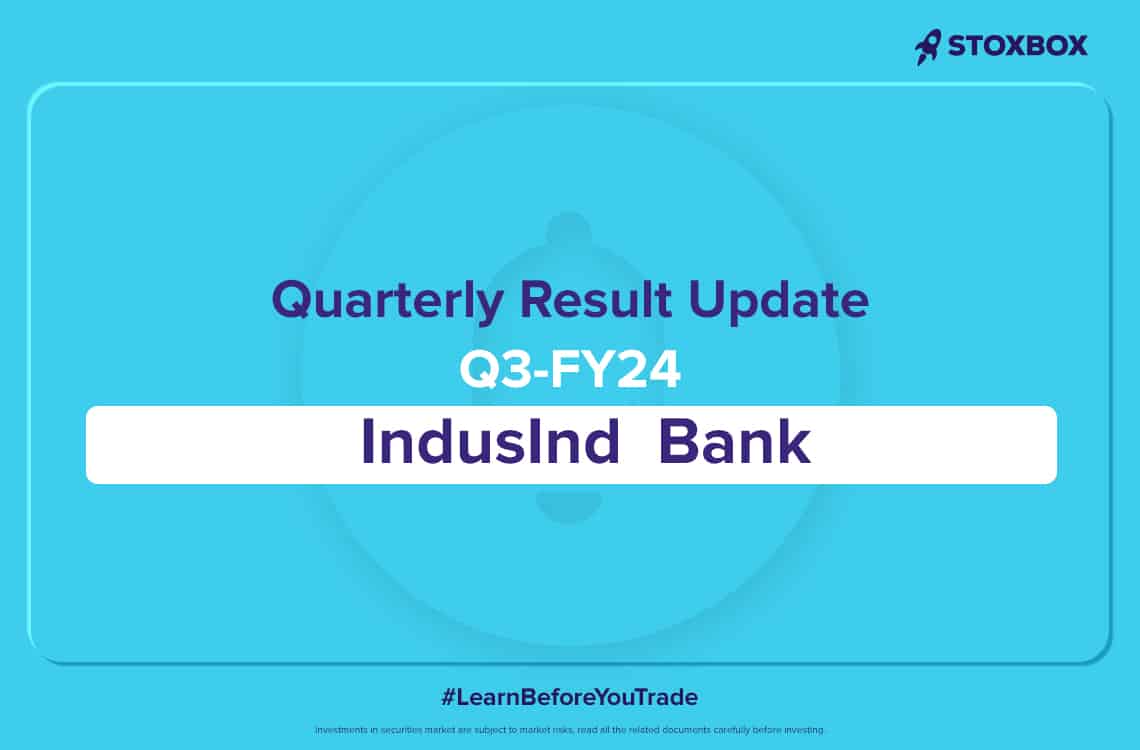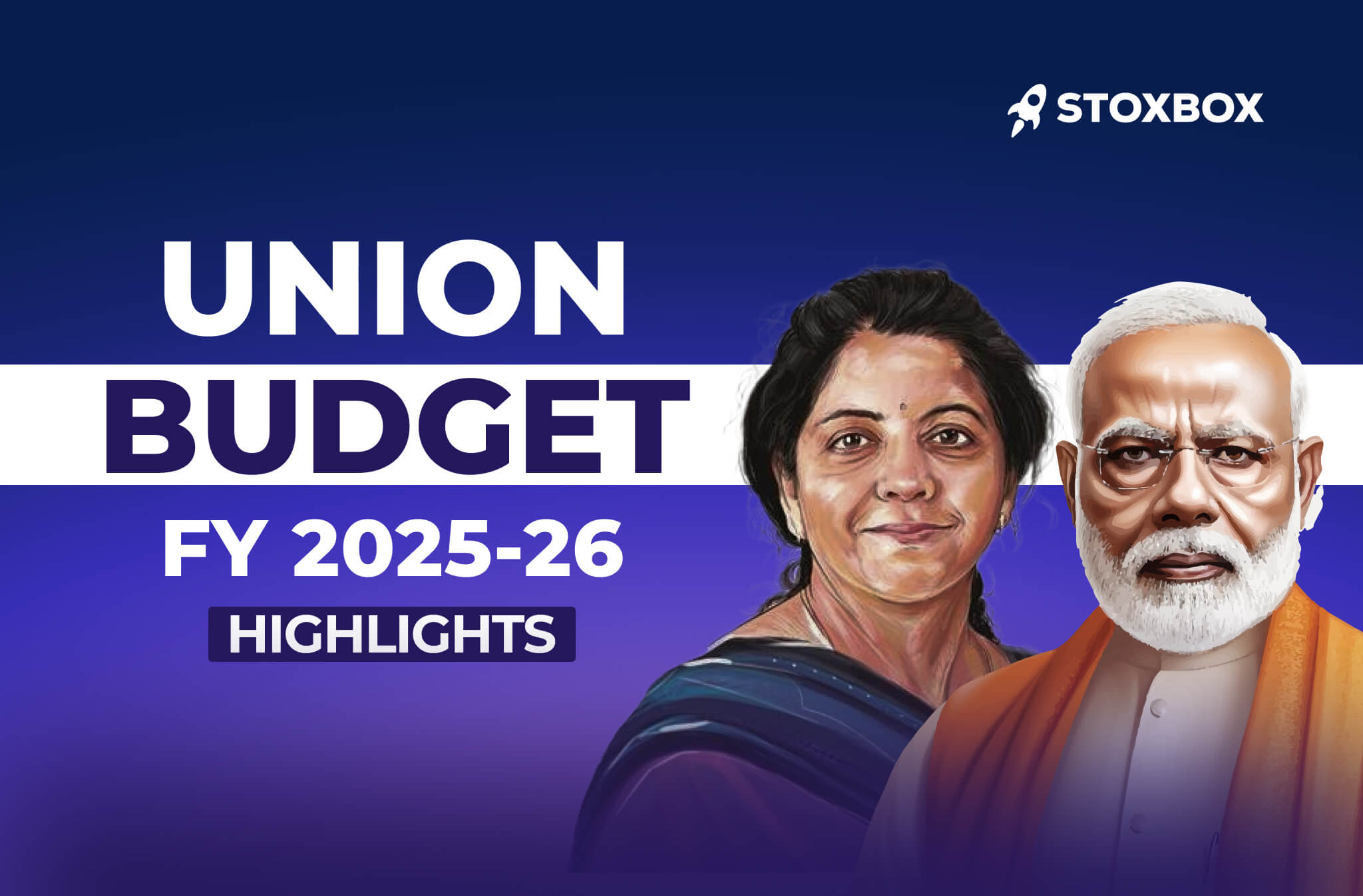Sector Outlook – Positive
In the third quarter of financial year 2024 (Q3FY24), IndusInd Bank reported some strong financial numbers. Here’s a breakdown in simpler terms:
- Net Interest Income: This is the profit a bank makes from its lending and borrowing activities. It reached Rs. 5,296 crores, which is more than what experts predicted and is higher than the same time last year.
- Operating Profit Before Provisions (PPOP): This shows how much the bank made before setting aside money for potential bad loans. It grew to Rs. 4,002 crores, which is a good sign as it’s more than the previous quarters.
- Provisions: These are funds set aside for bad loans. They went down to Rs. 934 crores, meaning the bank expects fewer loan defaults.
- Net Profit: The bank’s profit after all expenses was Rs. 2,298 crores, which is more than what was expected and higher than last year.
- Net Interest Margin (NIM): This measures how successful the bank is with its lending activities. It remained stable at 4.29%, meaning the bank is maintaining a good balance between what it earns from loans and pays on deposits.
- Non-Performing Assets (NPAs): These are loans that aren’t being repaid. Gross NPA was slightly down, which is good because it means fewer loans are going bad.
- Capital Adequacy Ratio: This shows the bank’s financial strength. It’s at 17.86%, which is a healthy number.
- Deposits and Loans: The total money deposited in the bank was Rs. 3,68,793 crores and the total loans given out were Rs. 3,27,057 crores. Both saw good growth compared to last year.
- CASA Ratio: This tells us about the bank’s cheaper funds. It went down to 38.0%, which is not ideal as higher CASA is better for banks.
Key Concall Highlights
- Deposit Growth: The bank did really well in gathering deposits in Q3 FY24, even though it cost more to get these deposits. This is one of their best performances in recent times.
- Loan Growth: Thanks to a successful marketing campaign, the bank saw an increase in the number of loans it gave out.
- Slippages: There were some new loan repayment issues (slippages) this quarter, mainly because of bad weather affecting vehicle loans. But the bank’s team is working to keep these issues under control and not let them hurt the bank’s overall loan quality.
- Improvement in Asset Quality: The bank is reducing its restructured loans (loans that had to be renegotiated), which is good for its financial health. Slippages are down compared to last year, showing things are getting better.
- Deposits from Affluent and NRI Customers: The bank is focusing on attracting wealthy and Non-Resident Indian (NRI) customers, which has led to a significant increase in deposits from these groups.
- Home Loans: Even though it’s a small part of the bank’s business, home loans grew a lot this quarter.
- Corporate Banking: The bank is growing its business with corporate clients carefully, focusing on areas where it has strengths rather than just trying to grow for the sake of it.
- Net Interest Margins (NIMs): The bank expects to maintain its NIMs (the difference between interest income generated and interest paid out) between 4.2% and 4.3% in the next few quarters. They anticipate an increase in NIMs once the cost of deposits goes down.
- Cost of Deposits: The bank thinks the cost of deposits will be highest in Q4 FY24 before it starts to decrease.
- Comfortable Liquidity Position: The bank is doing well in terms of its Credit to Deposit ratio, and there’s been no concern raised by the RBI.
- Operating Expenses: The bank’s operating expenses are growing faster than its revenues. This increase in costs is due to hiring more staff, spending more on technology, and marketing efforts.
Valuation & Outlook
IndusInd Bank showed strong performance in Q3 FY24, maintaining stable Net Interest Margins (NIMs) despite wider industry challenges. Their focus on smaller, regular deposits helped control borrowing costs. The bank’s success in vehicle financing and microfinance significantly boosted profits. However, overall deposit growth was modest, as the bank reduced its reliance on large, bulk deposits. Following the RBI’s new rules on Alternative Investment Fund (AIF) investments, IndusInd’s minimal exposure of Rs 113 crores is expected to be resolved without significant financial impact. Proactive management of microfinance loans and a decrease in loan defaults have positioned the bank to reduce future credit costs. A contingency fund further bolsters their financial security. With a strategic loan portfolio and the peak in deposit costs reached, IndusInd is well-placed for sustained performance. The bank’s approach, focusing on high-yield retail assets, positions it strongly within the sector for continued growth and market share expansion in the long term.
Read more about the other results declared in Q4
You might also Like.
Union Budget 2025-26 Impact on Sectors
Edit Announcement Impact Companies Enhancing the credit guarantee cover for...


